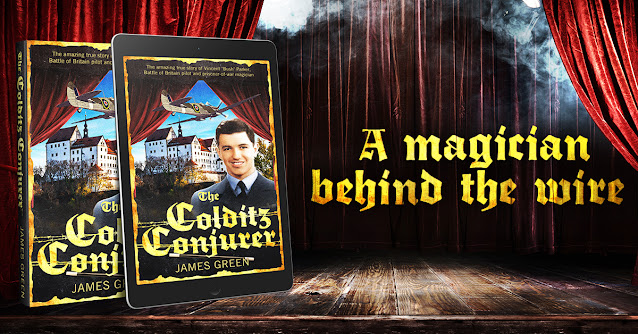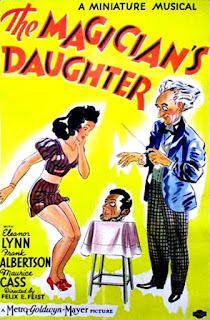H.M.S. Wizard
‘Warship Weeks’ were national campaigns to raise money to buy extra ships for the British Royal Navy. Other government-sponsored fundraising campaigns included 'Wings for Victory' weeks to buy bombers, 'Spitfire Week', 'War Weapons Week' and a 'Tanks for Attack' week. Similar campaigns were ran by other nations.
The aim of ‘Warship Week’ was for individual cities, or collections of towns and villages, to raise money to pay for battleships, cruisers or destroyers. Once enough money had been raised to build the ship, the local community would adopt it.
Women’s institutes, churches and schools would provide additional comforts for the crews of the ship they had adopted. This was usually in the form of woollen socks, gloves and balaclavas. Children would often write letters and send cards to the crew. When possible, officers and men from the adopted ship would visit the local community, and to celebrate their visit, there would often be a parade.
Held throughout the UK, the fundraising weeks were extraordinary fundraising events. Entertainment was often organised, in which magicians naturally contributed.
The people of the Borough of Wood Green, London held a 'Warship Week' in March 1942 and subsequently adopted H.M.S. Wizard (R72), a W-class destroyer commissioned in March 1944.
Aptly, when the prestigious British magical society, The Magic Circle, presented public shows to raise money, they chose to donate the funds raised to the Wizard. The funds were used to pay for sports equipment lost when the ship sustained major damage from an explosion, just three months after it came into service.
After repairs, H.M.S. Wizard was dispatched to the join the British Pacific Fleet. It arrived just before the end of the war and was present in Tokyo Bay, when the Japanese surrender was signed on 2 September 1945. After, H.M.S. Wizard helped evacuate prisoners-of-war from Japanese P.O.W. camps.
The ships nickname was ‘Magic Circle. The ship’s crest featured a magical symbol, a pentagram.
Several other vessels with magic-related names were used in World War Two. One was H.M.S. Magician II, a steel-screw steamer. Built at the end of 1939 for the Ministry of War, it was originally used for troop transport, later becoming a hospital ship operated by the War Department (Army). In 1945, the Magician II was transferred to the Royal Navy.
There was also H.M.S. Magicienne (J436) an Algerine-class minesweeper built in 1944.
And, H.M.S. Magic (J400), an American built Auk/Catherine-class minesweeper launched in 1943 and sunk on 6 July 1944 by a German Neger human torpedo while it was serving as part of the Normandy invasion fleet.
Incidentally, the late HRH Prince Philip, The Duke of Edinburgh, was also present in Tokyo Bay when the Japanese surrendered. As a Royal Navy officer, he was onboard H.M.S. Whelp. In February 1955, Prince Philip visited the Magic Circle, London, as a guest of Louis Mountbatten, 1st Earl Mountbatten of Burma who was an honorary member. Prince Philip's son, HRH Prince Charles, The Prince of Wales, later became a member of the Circle.












Comments
Post a Comment